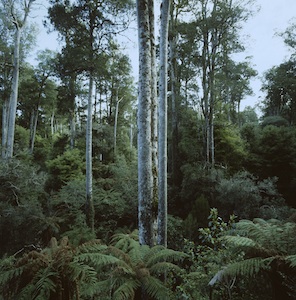‘Flowers, in art, are usually less innocent and more complicated than might be imagined…’ [1]
They ‘…are privileged objects of the imagination not because they are the most beautiful but because they are the most imaginable.’[2]. From its beginning photography has engaged with science and developed a special relationship with flower motifs. Images of the great variety of different plant and flower species serve as a ‘substitute’ for the traditional herbarium.
Photographers frame our indigenous and exotic botanical world, depicting isolated specimens or plant groupings, both arranged and in the natural environment. Repeating themes are formalism, repetition, lyricism, symbolism and metaphor, including subjects anthropomorphised through photography, and traditional notions associated with the flower as a marker for the transience, ambivalence and beauty of human existence. Expanding this aspect ‘…the uncompromised beauty of the flowers, which never perishes, their concept and identity as objects of beauty remain intact, eternal, despite their imminent fate.’ [3].
In this changing world, our physical co-dependence on plants, and their environment, is becoming increasingly evident; emphasising the connectedness of all things.
[1] Elaine Scarry, ‘Imagining Flowers: Perceptual mimesis (particularly delphinium)’, Representations, No.57,
Winter 1997, p 94
[2] Andrew Graham-Dixon, The Independent, 1992
[3] Jiang Zhi, ‘Love Letters’ photography-now.com 31.5,12
Please join us at 2pm on Saturday the 31st of May for a floor talk from Ann Elias, Associate Professor, Sydney College of the Arts, the University of Sydney. She will be in conversation with photographer Peter Peryer, formerly a long term Devonport resident.
